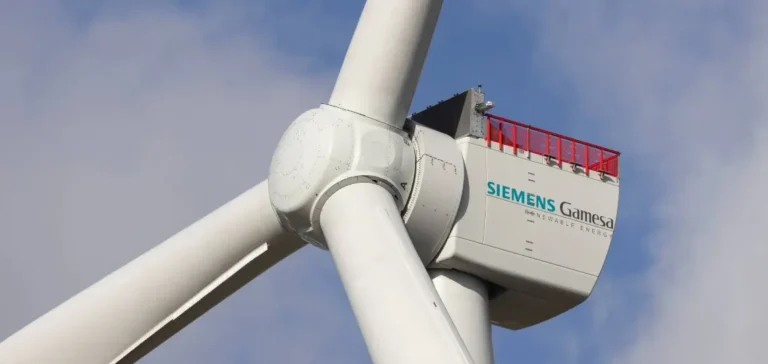Japan’s Ministry of Economy, Trade and Industry (METI) and Siemens Gamesa Renewable Energy formalise a strategic collaboration around the local supply chain for offshore wind, particularly in the manufacture of specific components such as permanent magnets.
Key industrial partnerships for Siemens Gamesa
The agreement signed between Siemens Gamesa Renewable Energy and METI establishes a public-private cooperation framework, aimed at strengthening the participation of Japanese companies in the offshore wind sector. The current absence of local wind turbine manufacturers prompts Japan to multiply international partnerships to consolidate a viable and efficient domestic logistics chain.
In this context, Siemens Gamesa Renewable Energy also concludes a memorandum of understanding with Japanese electronic components manufacturer TDK. According to this agreement, TDK will supply permanent magnets for Siemens Gamesa’s wind turbines. This commitment opens significant industrial and commercial opportunities for Japanese companies in the technology sector.
High ambitions despite operational challenges
This partnership with Siemens Gamesa is not isolated. Recently, the Japanese ministry signed a similar agreement with GE Vernova, the American energy equipment giant, to develop projects related to wind power, hydrogen, and ammonia sectors. These actions illustrate the country’s industrial ambitions in the offshore wind sector, considered a priority in Japan’s national energy strategy.
Indeed, Japan has ambitious goals: installing 10 GW of offshore wind capacity by 2030, and reaching between 30 and 45 GW by 2040. This energy capacity should allow the country to progressively reduce its reliance on coal and natural gas imports, which are currently essential for its electricity production.
Expansion of offshore operational zone
To facilitate the implementation of these projects, the Japanese government recently adopted legislation allowing the construction of offshore wind farms in its Exclusive Economic Zone (EEZ), thus extending possible installation areas beyond the previous territorial waters limit of 22 kilometres from the coast.
However, several recent tenders launched by Japanese authorities have encountered major difficulties, particularly due to high costs and delays in project implementation. These issues continue to hinder the effective development of planned capacities and raise questions about the industrial viability of Japan’s stated objectives.






















